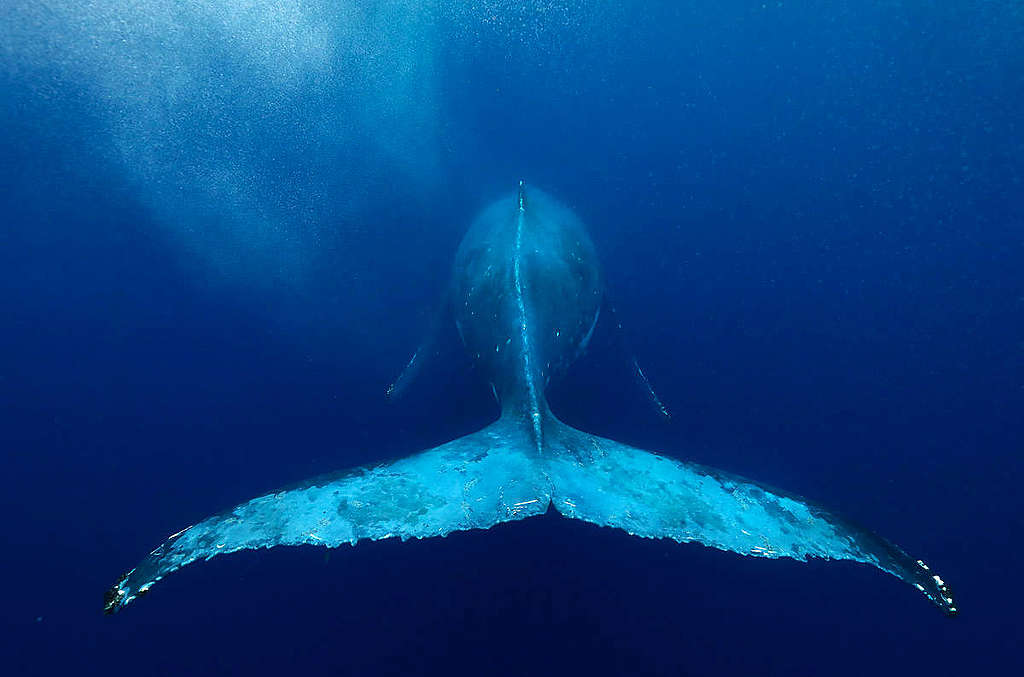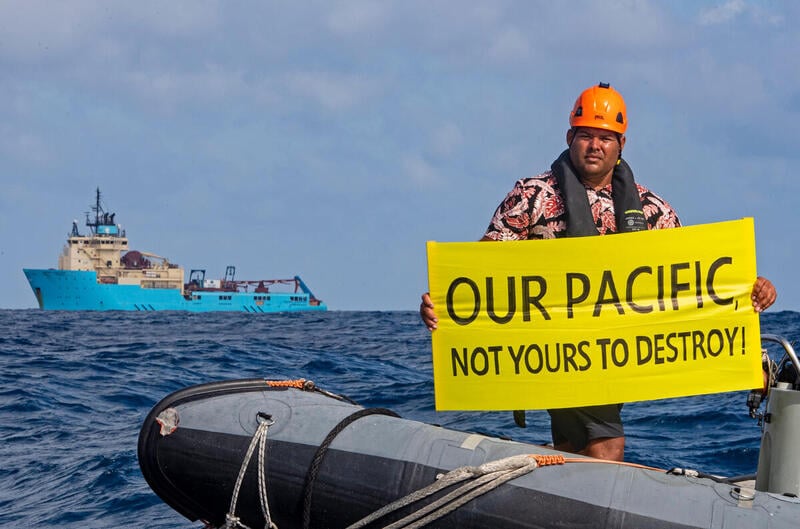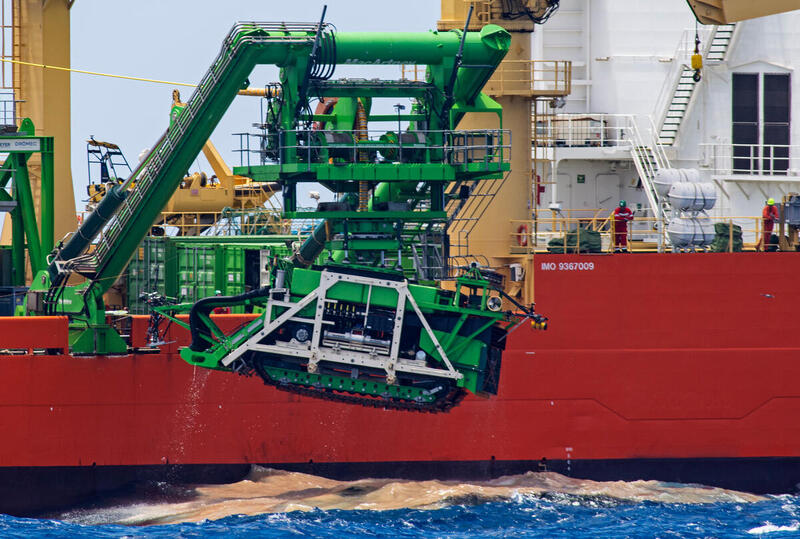Deep Sea mining companies are currently out in the Pacific carrying out tests to prove their industry is safe for the environment. Last week, one of those companies, GSR, lost a 25-tonne robot at the bottom of the ocean. Bearing witness to this and confronting this industry at sea is Victor Pickering, a Fijian activist onboard Greenpeace’s Rainbow Warrior ship.
“I was born a child of the ocean. Growing up in Fiji, the ocean has influenced every part of me. From the food that nourished me, to how I spent my days swimming and diving.
For us in the Pacific Islands, the ocean is our connection to one another. We recognize the ocean as part of our identity and wellbeing. We are the ocean, and the ocean is us.

Seabed mining is a new threat to the oceans. Now is our chance to prevent the destruction before it’s too late.
The beauty of this vast blue Pacific drove me to study marine resource management and fisheries, and I have since dedicated my life to environmental activism, because I believe my people deserve a voice on these issues that are affecting our communities already.
It is all of this that has brought me here, hundreds of nautical miles into the middle of the Pacific, onboard the Greenpeace Rainbow Warrior. I’m here to bear witness to an emerging industry that poses a huge threat to the Pacific and the world at large – deep sea mining.

Out here in the Clarion Clipperton Zone, about 1000 nautical miles off the west coast of Mexico, international mining companies are racing to start operations. These companies, headquartered in the Global North, are patrolling the sea and testing their equipment as we speak, eager to access the riches of the depths.
They claim their activities are essential to the clean energy transition, even though there’s evidence to suggest we could recycle what we’ve already got, and take new approaches to these challenges, rather than jumping to mine the deep.
In the past few weeks, I have watched from a small inflatable boat as two mining vessels paraded their monster machines, and there’s plenty more where they came from. They simply don’t belong here.

Already so much has changed for the ocean I call home. There has been an unprecedented amount of coral bleaching, fish populations have declined drastically – meaning we have to go further out and spend more hours just trying to catch a meal for our families. The ocean is under serious pressure, and everyone from coastal communities to scientists are telling us so.
The crisis our blue planet faces, from sea level rise, industrially depleted fish populations, plastic pollution and now deep sea mining are not abstract concepts or shocking headlines, these are impacts that are already being felt by Pacific communities. Deep sea mining is an added pressure the ocean cannot afford, and nor can the people for which it is a lifeline.
As we sail this vast blue Pacific, I have felt the pull of my home in Fiji, thousands of miles to the West, and am struck by the way this ocean connects us all. We are people of the sea, and we cannot stand by as big mining companies walk in and take what they like – leaving the Pacific and its people to deal with the consequences.
Scientists have warned us that deep sea mining would cause irreversible damage to the marine ecosystem, and that it would take millennia for it to recover. This new industry is already investing millions into preparations to plunder the deep.
But resistance is growing.
My Pacific Island brothers and sisters are already fighting to ban deep sea mining, to draw a Pacific Blue Line against the latest threat exported from the West. From Vanuatu to Fiji, the Cook Islands to Tonga and Papua New Guinea, activists are sounding the alarm and I stand in solidarity with them. We must make decision makers shift mindsets away from industrial exploitation and towards protection, and make the deep sea off limits to mining.
If the ocean is the blue heart of our planet, we and sea life are its beats. We cannot let deep sea mining destroy the symphony.”
Victor Pickering is an environmental activist from Fiji, currently onboard the Greenpeace Rainbow Warrior in the Pacific Ocean.
Greenpeace supports a worldwide ban on deep sea mining, and Greenpeace Aotearoa has launched a campaign to ban seabed mining from NZ waters.
